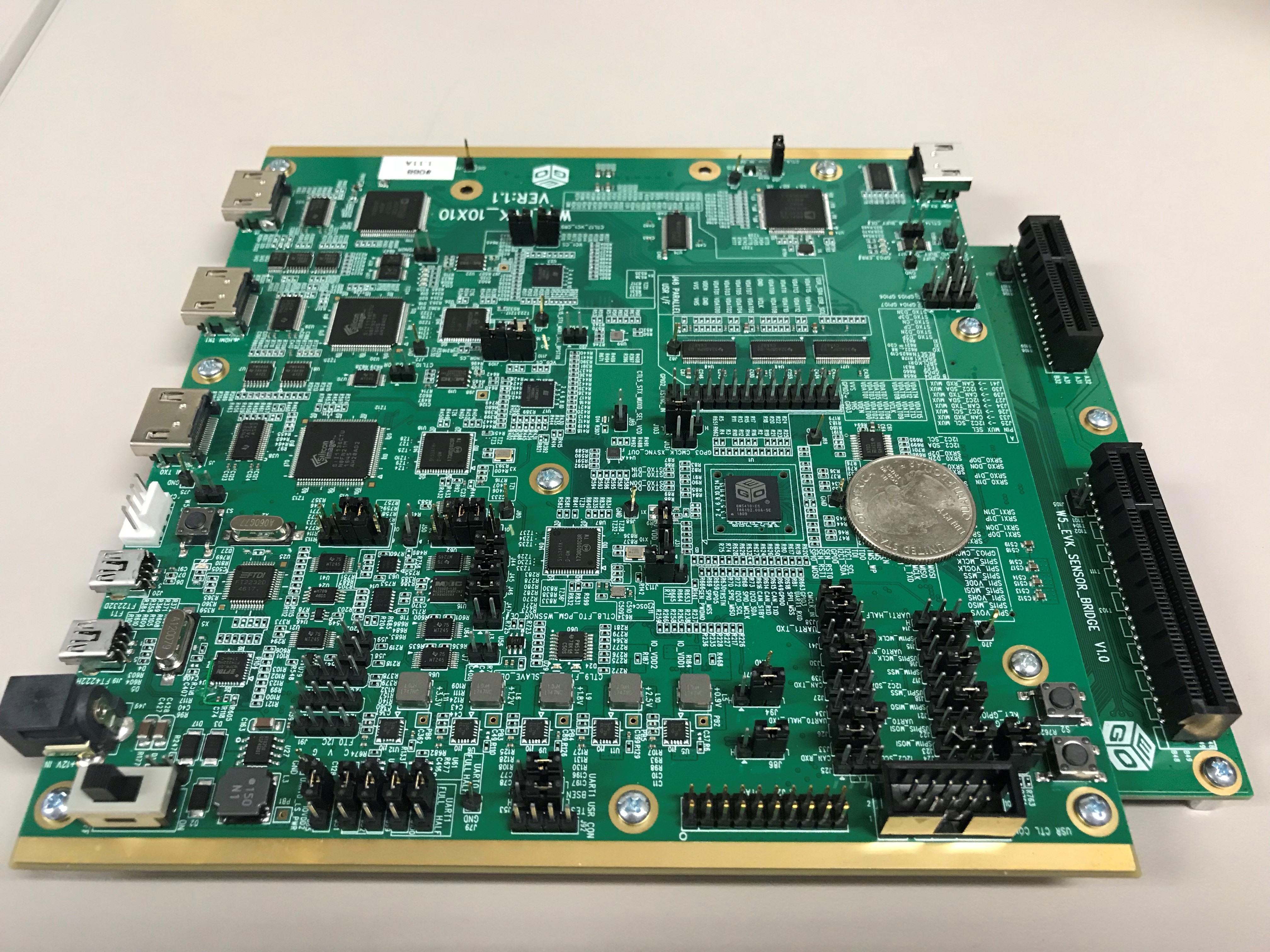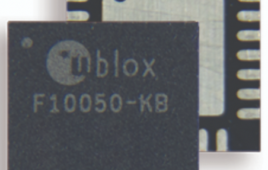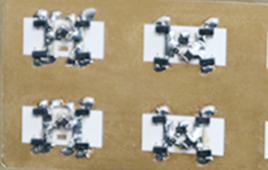OmniVision Technologies, Inc. and GEO Semiconductor Inc. announced a joint solution for capturing and processing high-quality color (RGB) and infrared (IR) automotive interior images, day and night, with one camera. This solution combines OmniVision’s OV2778 2MP RGB-Ir image sensor, which offers the industry’s best value with high sensitivity across all lighting conditions, in tandem with GEO’s GW5200, which provides dedicated hardware for processing the RGB-IR sensor. The result is high-quality video for both machine vision and viewing applications to provide easily integrated solutions for the detection of objects and unattended children, remote monitoring, and recording in ride-hailing and Robo-Taxi vehicles.
“We partnered with OmniVision because of its leading pixel technologies and strong track record in working with automotive Tier 1s around the globe,” said John Casey, VP of marketing and GM of automotive at GEO. “GEO’s GW5200 has the unique ability to process RGB-IR sensors, thereby providing superior low-light performance in the challenging vehicle interior environment. This approach will accelerate the adoption of advanced in-cabin cameras.”
“GEO brings industry-leading image signal processing capabilities, as well as in-depth knowledge of customer pain points,” said Andy Hanvey, director of automotive marketing at OmniVision. “Following the recent introduction of our OV2778 image sensor, we saw the need to jointly develop this solution and make it easier for designers to create high-value cabin monitoring systems for mainstream vehicles.”
The OV2778 image sensor is built on OmniVision’s 2.8-micron OmniBSI™-2 Deep Well™ pixel technology, which delivers a 16-bit linear output from a single exposure with best-in-class low-light sensitivity. Additionally, the GW5200’s integrated image signal processor (ISP) has an advanced noise filter that further enhances low-light image quality. With power consumption in mind, both devices combined consume less than 750mW in typical operating conditions. This ensures optimal image quality by reducing the heat generated from cabin-monitoring cameras that operate continuously in confined spaces.
The GW5200 processor can support the full 120dB high dynamic range (HDR) output of the OV2778 image sensor, which provides great image detail in scenarios with both bright and dark light scenes. Additionally, the GW5200 includes GEO’s 5th-generation eWARP® geometric processor to dewarp fisheye lenses exceeding a 180 degree field of view. For top color imaging performance across varying lighting conditions, the OV2778 sensor integrates an RGB-IR, 4×4 pattern color filter and an external frame synchronization capability.
This joint solution provides a small footprint, enabling designers to create the smallest possible camera modules with 120dB dynamic range, for unobtrusive placement inside the vehicle. The OV2778 image sensor is offered in the smallest package available for the automotive in-cabin market segment—a 6.5 x 5.7mm automotive CSP. The GW5200 camera video processor is offered in a 7 x 7mm BGA package.
Both devices in this joint solution are available now, and both provide advanced ASIL functional safety and AEC-Q100 Grade 2 certification for automotive applications.





